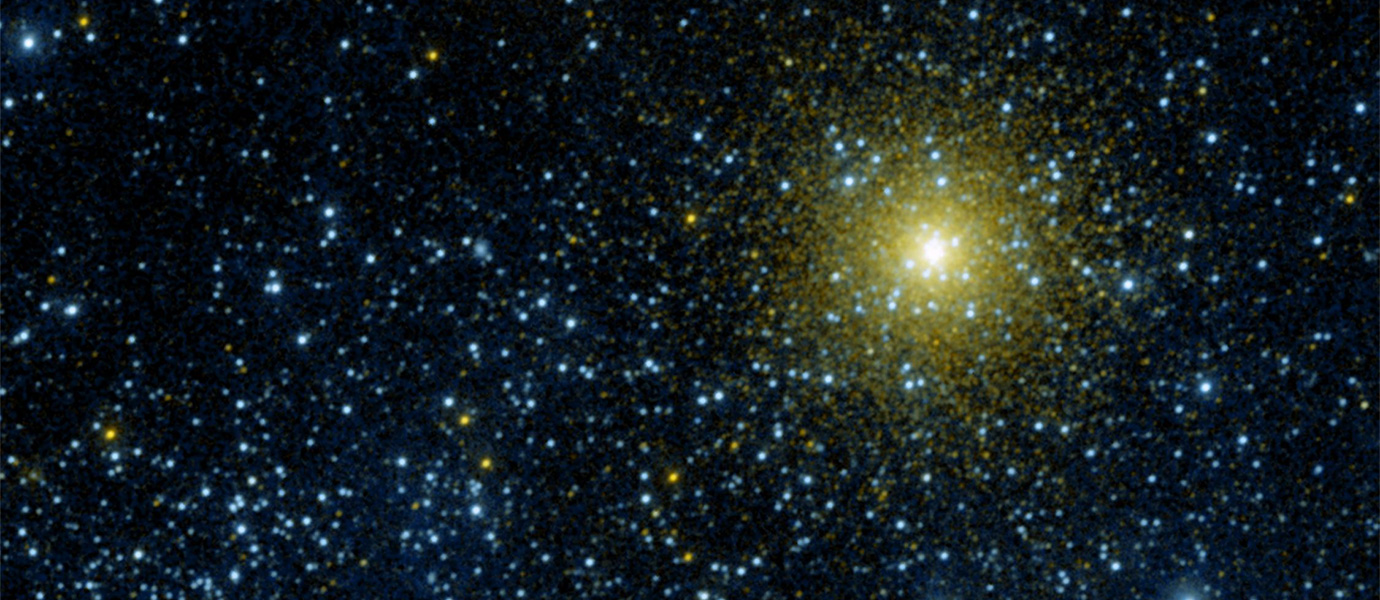ABOUT
McDonald Observatory
The Frank N. Bash Visitors Center at McDonald Observatory features a full classroom, a 94-seat theater, a telescope park, and the Decoding Starlight Exhibit Hall. Visitors can explore the McDonald Observatory to see the famous 107” Harlan Smith Telescope, as well as the exhibit hall. During guided tours, visitors can see live, safe views of the Sun from the multimedia theater; filtered through special telescopes with HD cameras. Groups are also welcome to join the Observatory during its regular public programs.
contact info
Hrs: See website.
HELPFUL LESSON PLAN(S)
Prepared by FieldTripDirectory.com
Planetarium Lesson Plan
FUN FACTS
Earth has more exposed water than land. Three quarters of the Earth is covered by water! The earth has one moon.
Venus is the brightest planet in our sky and can sometimes be seen with the naked eye if you know where to look. It is the solar system’s brightest planet — yellow clouds of sulfuric acid reflect the sun’s light.
Jupiter is so big that you could fit all the other planets in the solar system inside it.
Pluto is no longer considered a planet — instead, astronomers call it a dwarf planet or planetoid.
View Lesson Plan>>ABOUT
McDonald Observatory
The Frank N. Bash Visitors Center at McDonald Observatory features a full classroom, a 94-seat theater, a telescope park, and the Decoding Starlight Exhibit Hall. Visitors can explore the McDonald Observatory to see the famous 107” Harlan Smith Telescope, as well as the exhibit hall. During guided tours, visitors can see live, safe views of the Sun from the multimedia theater; filtered through special telescopes with HD cameras. Groups are also welcome to join the Observatory during its regular public programs.
contact info
Hrs: See website.
HELPFUL LESSON PLAN(S)
Prepared by FieldTripDirectory.com
Planetarium Lesson Plan
FUN FACTS
Earth has more exposed water than land. Three quarters of the Earth is covered by water! The earth has one moon.
Venus is the brightest planet in our sky and can sometimes be seen with the naked eye if you know where to look. It is the solar system’s brightest planet — yellow clouds of sulfuric acid reflect the sun’s light.
Jupiter is so big that you could fit all the other planets in the solar system inside it.
Pluto is no longer considered a planet — instead, astronomers call it a dwarf planet or planetoid.
View Lesson Plan>>ABOUT
McDonald Observatory
The Frank N. Bash Visitors Center at McDonald Observatory features a full classroom, a 94-seat theater, a telescope park, and the Decoding Starlight Exhibit Hall. Visitors can explore the McDonald Observatory to see the famous 107” Harlan Smith Telescope, as well as the exhibit hall. During guided tours, visitors can see live, safe views of the Sun from the multimedia theater; filtered through special telescopes with HD cameras. Groups are also welcome to join the Observatory during its regular public programs.
contact info
Hrs: See website.
HELPFUL LESSON PLAN(S)
Prepared by FieldTripDirectory.com
Planetarium Lesson Plan
FUN FACTS
Earth has more exposed water than land. Three quarters of the Earth is covered by water! The earth has one moon.
Venus is the brightest planet in our sky and can sometimes be seen with the naked eye if you know where to look. It is the solar system’s brightest planet — yellow clouds of sulfuric acid reflect the sun’s light.
Jupiter is so big that you could fit all the other planets in the solar system inside it.
Pluto is no longer considered a planet — instead, astronomers call it a dwarf planet or planetoid.
View Lesson Plan>>ABOUT
McDonald Observatory
The Frank N. Bash Visitors Center at McDonald Observatory features a full classroom, a 94-seat theater, a telescope park, and the Decoding Starlight Exhibit Hall. Visitors can explore the McDonald Observatory to see the famous 107” Harlan Smith Telescope, as well as the exhibit hall. During guided tours, visitors can see live, safe views of the Sun from the multimedia theater; filtered through special telescopes with HD cameras. Groups are also welcome to join the Observatory during its regular public programs.
contact info
Hrs: See website.
HELPFUL LESSON PLAN(S)
Prepared by FieldTripDirectory.com
Planetarium Lesson Plan
FUN FACTS
Earth has more exposed water than land. Three quarters of the Earth is covered by water! The earth has one moon.
Venus is the brightest planet in our sky and can sometimes be seen with the naked eye if you know where to look. It is the solar system’s brightest planet — yellow clouds of sulfuric acid reflect the sun’s light.
Jupiter is so big that you could fit all the other planets in the solar system inside it.
Pluto is no longer considered a planet — instead, astronomers call it a dwarf planet or planetoid.
View Lesson Plan>>
